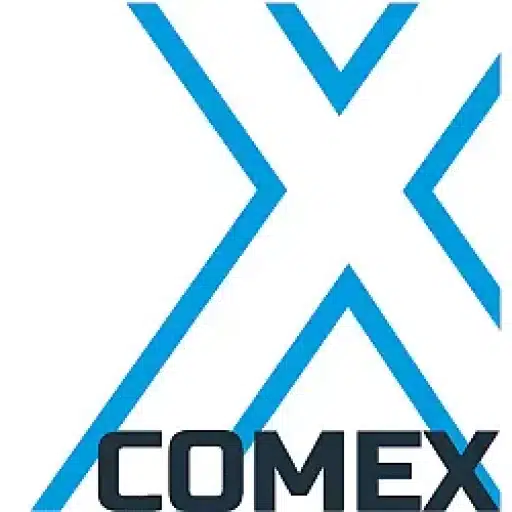+31 (0)43 30 88 400 | office@comex.eu

Use that secondary storage!
During the Care & ICT Exhibition in the Utrecht Jaarbeurs in March, one thing at least became clear to us in various conversations with partners and potential customers. Many hospitals and other healthcare organizations have huge amounts of data stored in primary storage. There is little or no time to backup because the backup window becomes too small. That data is hugely unstructured, and often it is not clear which file has not been changed for a long time and thus might as well have been archived. All kinds of privacy-sensitive data is just sitting on primary storage.
Luxury tray
Storage on primary storage is expensive, especially when it runs into the terabytes, and in the case of a hospital or large healthcare organization, this is the rule rather than the exception. Compare primary storage to a luxury drawer, which holds everything you need quickly. Next to that drawer is a large, sturdy filing cabinet: your secondary storage. Sooner or later, the luxurious, expensive drawer gets full. What are you doing? Clean it up: what you no longer need immediately, put in the filing cabinet. Or do you buy a second, expensive luxury drawer to store even more? This is how it works in digital practice. Many healthcare organizations have expensive primary storage that holds a lot of unstructured data. Much of the data can be stored much better and more securely and cheaply in secondary storage.
Amounts add up!
That does require analyzing that data. Healthcare organization staff can do that themselves, or they can leave it to a third party with specialized software to analyze the data. And yes, that runs into the paperwork. Analyzing 100 terabytes carries a price tag of about 35,000 euros. The joke is, is that in most cases that amount is recouped within a year. In other words, over a longer period of time, storage on secondary storage (also already cheaper) is an excellent investment.
Also in other places
This theory was once again confirmed at the Care & ICT Fair by the stories of healthcare entrepreneurs. But, of course, healthcare is not the only industry where this problem exists. In a lot of industries with a lot of data, the step to archiving is often simply forgotten, with dire consequences. However, fast calculators have long seen where decent gains can be made, and not even just financially


 Subscribe for tips and info
Subscribe for tips and info